The correct IUPAC name of the following compound is [Cr(NH3)5(NCS)][ZnCl4]
pentaammineisothiocyanatochromium(III) tetrachlorozincate(II)
pentammineisothiocyanatezinc chloridechromate(III)
pentaamineisothiocyanatochromate(II)
isothiocyanatopentaamminechromium(II) zinc chloride (IV).
The correct Answer is:A
To determine the correct IUPAC name of the compound (Cr(NH₃)₅(NCS))(ZnCl₄), we can follow these steps:
Step 1: Identify the Components of the Coordination Compound
The compound consists of two parts:
1. The cationic complex: (Cr(NH₃)₅(NCS))
2. The anionic complex: (ZnCl₄)
Step 2: Determine the Oxidation States
- For Chromium (Cr):
Let the oxidation state of Cr be \( x \).
- Ammonia (NH₃) is a neutral ligand, contributing 0 to the charge.
- Thiocyanate (NCS) has a charge of -1.
The overall charge of the cationic complex is +2 (as it balances the -2 charge from the anionic complex).
The equation becomes:
\(
x + 5(0) + (-1) = +2
\)
Simplifying gives:
\(
x - 1 = 2 \implies x = +3
\)
- For Zinc (Zn):
Let the oxidation state of Zn be \( y \).
- Each chloride (Cl) has a charge of -1, and there are 4 of them.
The overall charge of the anionic complex is -2.
The equation becomes:
\(
y + 4(-1) = -2
\)
Simplifying gives:
\(
y - 4 = -2 \implies y = +2
\)
Step 3: Naming the Ligands
- Ammonia (NH₃) is named as amine.
- Thiocyanate (NCS) is named as isothiocyanate.
- Chloride (Cl) is named as chloro.
Step 4: Construct the Name for the Cationic Complex
The cationic complex is (Cr(NH₃)₅(NCS)):
- The name will be constructed as follows:
- Number of ligands: 5 amine ligands → pentamine
- 1 isothiocyanate ligand → isothiocyanate
- Metal: Chromium with oxidation state +3 → chromium(III)
Thus, the name of the cationic complex is pentamine isothiocyanato chromium(III).
Step 5: Construct the Name for the Anionic Complex
The anionic complex is (ZnCl₄):
- The name will be constructed as follows:
- 4 chloride ligands → tetrachloro
- Metal: Zinc with oxidation state +2 → zinc(II)
Since it is an anionic complex, we use the suffix -ate for the metal:
Thus, the name of the anionic complex is tetrachlorozincate(II).
Step 6: Combine the Names
Now, we combine the names of both complexes:
- Cationic complex: pentamine isothiocyanato chromium(III)
- Anionic complex: tetrachlorozincate(II)
Final IUPAC Name
The final IUPAC name of the compound is:
pentamine isothiocyanato chromium(III) tetrachlorozincate(II).
The compound consists of two parts:
1. The cationic complex: (Cr(NH₃)₅(NCS))
2. The anionic complex: (ZnCl₄)
- For Chromium (Cr):
Let the oxidation state of Cr be \( x \).
- Ammonia (NH₃) is a neutral ligand, contributing 0 to the charge.
- Thiocyanate (NCS) has a charge of -1.
The overall charge of the cationic complex is +2 (as it balances the -2 charge from the anionic complex).
The equation becomes:
\(
x + 5(0) + (-1) = +2
\)
Simplifying gives:
\(
x - 1 = 2 \implies x = +3
\)
Let the oxidation state of Zn be \( y \).
- Each chloride (Cl) has a charge of -1, and there are 4 of them.
The overall charge of the anionic complex is -2.
The equation becomes:
\(
y + 4(-1) = -2
\)
Simplifying gives:
\(
y - 4 = -2 \implies y = +2
\)
- Ammonia (NH₃) is named as amine.
- Thiocyanate (NCS) is named as isothiocyanate.
- Chloride (Cl) is named as chloro.
The cationic complex is (Cr(NH₃)₅(NCS)):
- The name will be constructed as follows:
- Number of ligands: 5 amine ligands → pentamine
- 1 isothiocyanate ligand → isothiocyanate
- Metal: Chromium with oxidation state +3 → chromium(III)
The anionic complex is (ZnCl₄):
- The name will be constructed as follows:
- 4 chloride ligands → tetrachloro
- Metal: Zinc with oxidation state +2 → zinc(II)
Thus, the name of the anionic complex is tetrachlorozincate(II).
Now, we combine the names of both complexes:
- Cationic complex: pentamine isothiocyanato chromium(III)
- Anionic complex: tetrachlorozincate(II)
The final IUPAC name of the compound is:
pentamine isothiocyanato chromium(III) tetrachlorozincate(II).
Topper's Solved these Questions
- COORDINATION COMPOUNDS Book:NCERT FINGERTPS ENGLISHChapter:COORDINATION COMPOUNDS Exercise:HOTS
Explore 8 Videos
- COORDINATION COMPOUNDS Book:NCERT FINGERTPS ENGLISHChapter:COORDINATION COMPOUNDS Exercise:NCERT EXEMPLAR PROBLEMS
Explore 14 Videos
- CHEMISTRY IN EVERYDAY LIFE Book:NCERT FINGERTPS ENGLISHChapter:CHEMISTRY IN EVERYDAY LIFE Exercise:NCERT Exemplar
Explore 15 Videos
- ELECTROCHEMISTRYBook:NCERT FINGERTPS ENGLISHChapter:ELECTROCHEMISTRYExercise:Assertion And Reason
Explore 15 Videos
Similar Questions
The correct IUPAC name os the following compound is
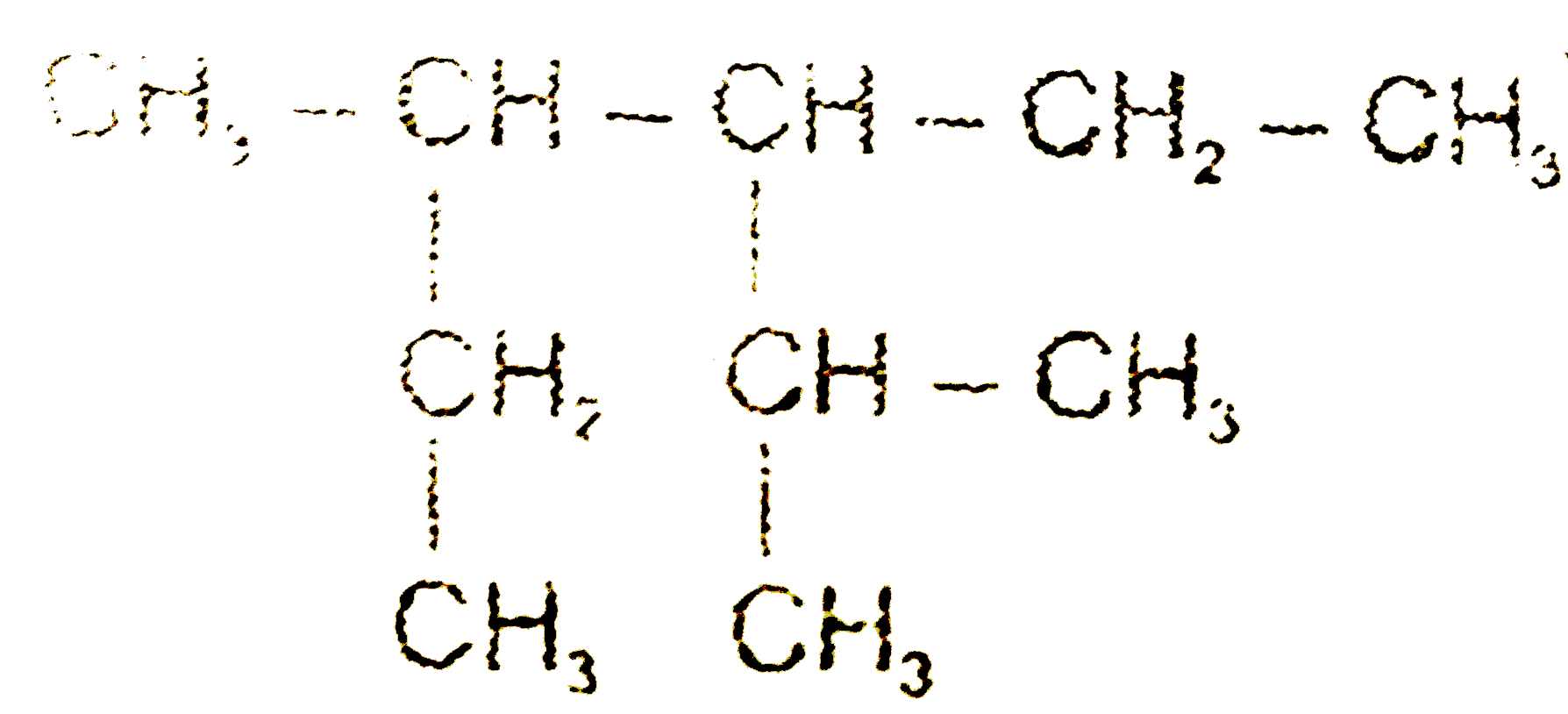
View SolutionThe correct IUPAC name the following compound is
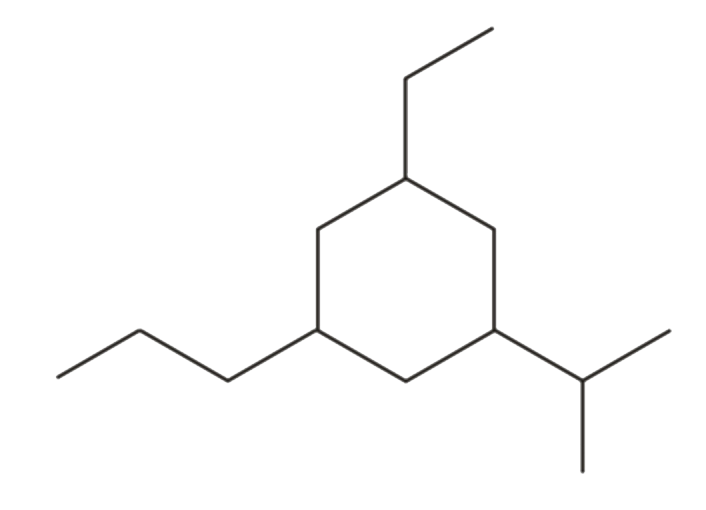
View SolutionThe correct IUPAC name of following compound is :−
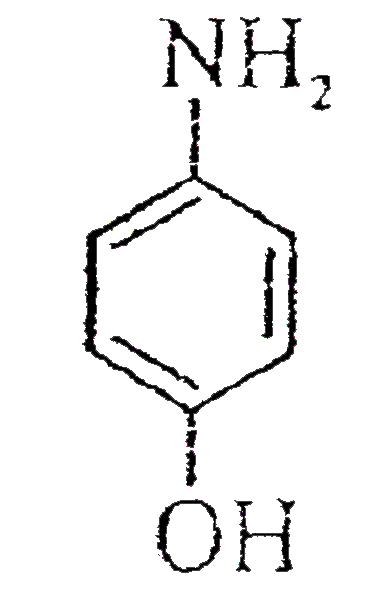
View SolutionThe correct IUPAC name of following compound is :−

View SolutionThe correct IUPAC name of following compound is :
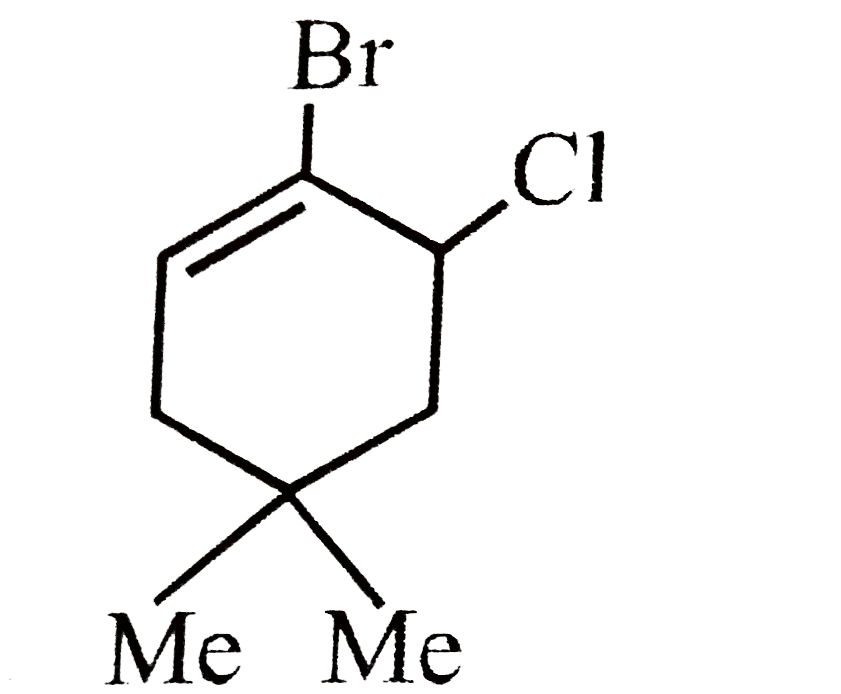
View SolutionThe correct IUPAC Name of following compound is :

View SolutionThe correct IUPAC name of the compound
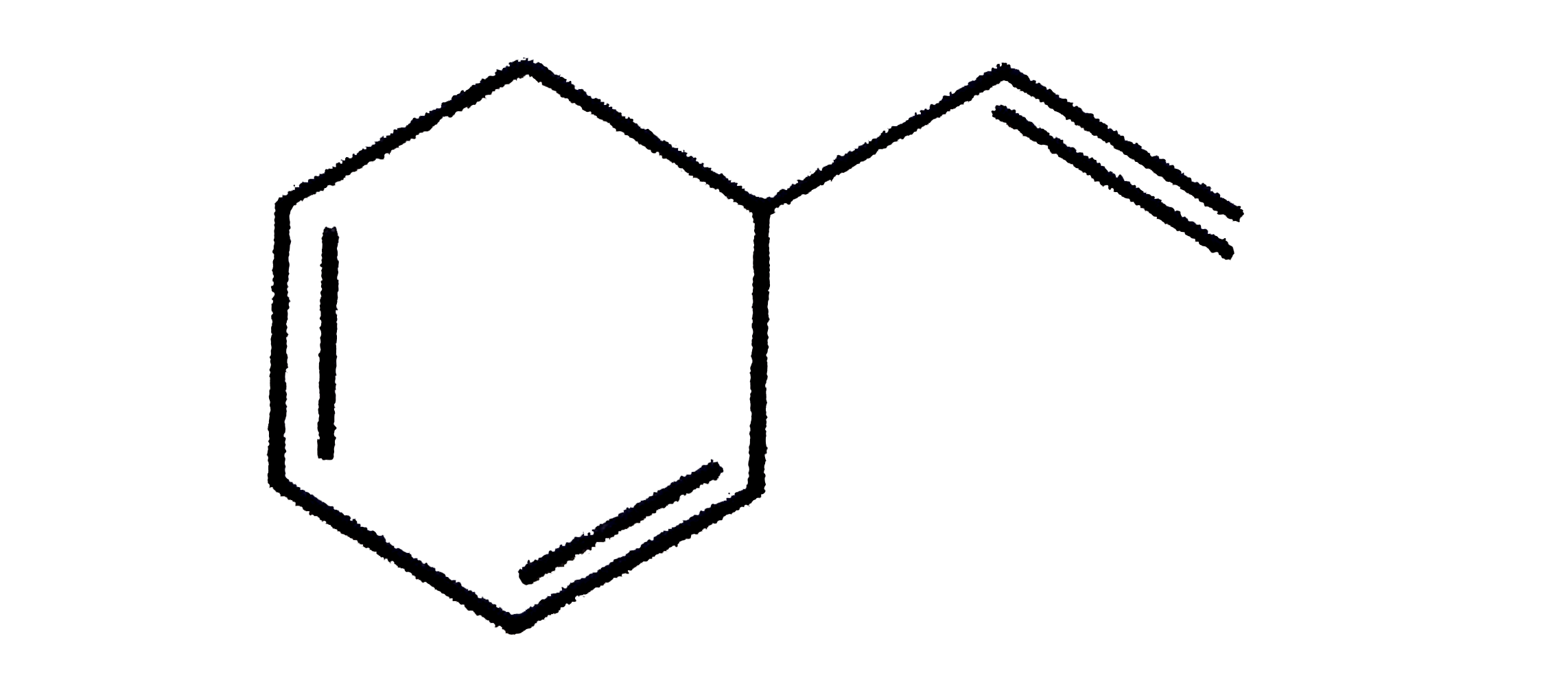
View SolutionThe correct IUPAC name of the compound

View SolutionThe correct IUPAC name of the compound
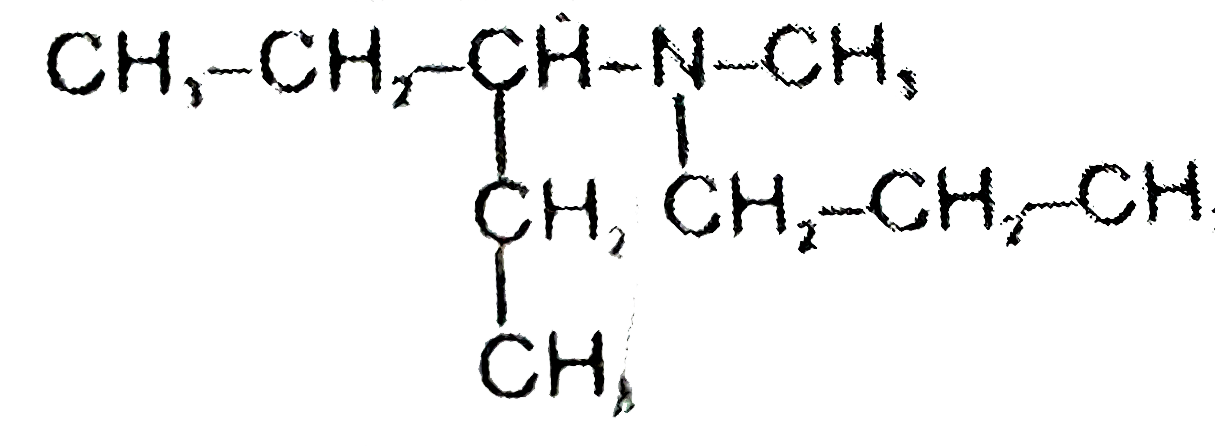
View SolutionThe correct IUPAC name of the compound
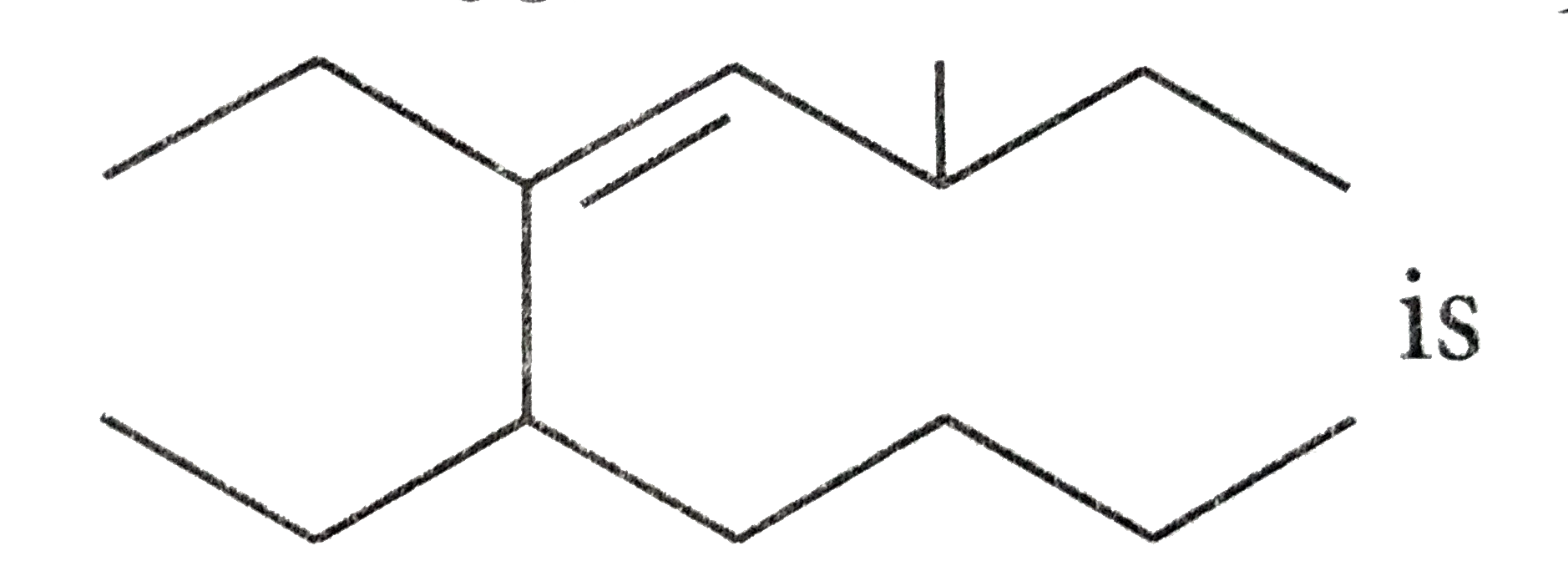
View Solution

